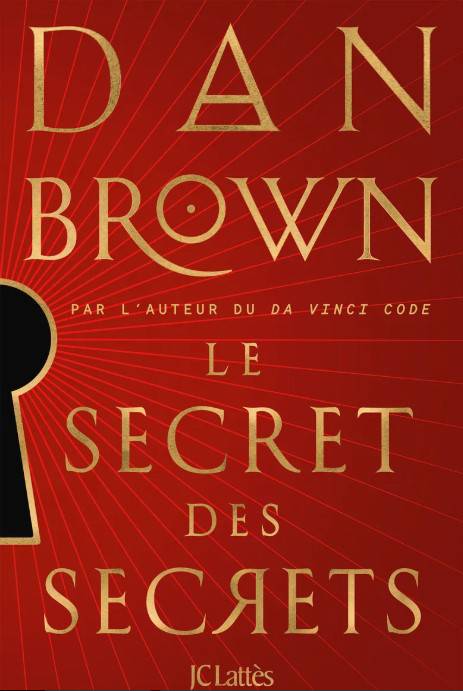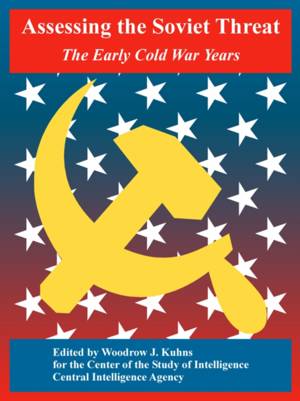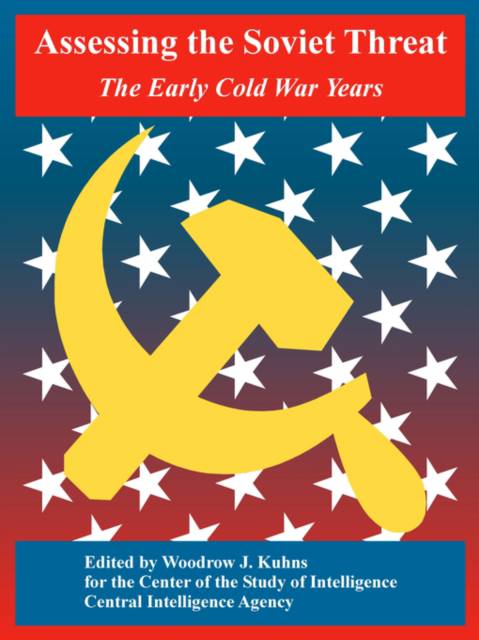
- Retrait gratuit dans votre magasin Club
- 7.000.000 titres dans notre catalogue
- Payer en toute sécurité
- Toujours un magasin près de chez vous
- Retrait gratuit dans votre magasin Club
- 7.000.0000 titres dans notre catalogue
- Payer en toute sécurité
- Toujours un magasin près de chez vous
Assessing the Soviet Threat
The Early Cold War Years
Center of the Study of Intelligence, Central Intelligence Agency
Livre broché | Anglais
40,95 €
+ 81 points
Description
The documents in this volume were produced by the analytical arm of the Central Intelligence Agency (CIA) and its predecessor, the Central Intelligence Group (CIG), between the latter's founding in 1946 and the end of 1950. During this formative period of the Cold War, President Harry S. Truman struggled to understand the menacing behavior of the Soviet Union and his erstwhile ally, Joseph Stalin. The analysts of CIG/CIA contributed to this process by providing the President with daily, weekly, and monthly summaries and interpretations of the most significant world events. They also provided ad hoc papers that analyzed specific issues of interest to the administration. Because more than 450 National Intelligence Estimates dealing with the Soviet Union and international Communism have been declassified since 1993, this volume features the current intelligence that went to the President in the Daily and Weekly Summaries. Although some of this material has been available to scholars at the Harry S. Truman Library or has been previously released through the Freedom of Information Act, much of it is being made public for the first time. Taken as a whole, this volume provides the first comprehensive survey of CIA's early analysis of the Soviet threat. President Truman's directive establishing CIG on 22 January 1946 created the first civilian, centralized, nondepartmental intelligence agency in American history. His purpose was to end the separate cabinet departments' monopoly over intelligence information, a longstanding phenomenon that he believed had contributed to Japan's ability to launch the surprise attack against Pearl Harbor. As he stated in his memoirs, "In those days the military did not know everything the State Department knew, and the diplomats did not have access to all the Army and Navy knew." Truman also was irked because reports came across his desk "on the same subject at different times from the various departments, and these reports often conflicted." He intended that CIA, when it replaced CIG in September 1947, also would address these concerns. This volume focuses on the difficult yet important task of intelligence analysis. Although less glamorous to observers than either espionage or covert action, it is the process of analysis that provides the key end product to the policymaker: "finished" intelligence that can help the US Government craft effective foreign and security policies. During World War II, American academics and experts in the Office of Strategic Services had virtually invented the discipline of intelligence analysis---one of America's few unique contributions to the craft of intelligence. Although it was not a direct descendent of the Research and Analysis branch of OSS, CIA's Office of Reports and Estimates built upon this legacy in difficult circumstances.
Spécifications
Parties prenantes
- Auteur(s) :
- Editeur:
Contenu
- Nombre de pages :
- 472
- Langue:
- Anglais
Caractéristiques
- EAN:
- 9781410221209
- Date de parution :
- 16-03-05
- Format:
- Livre broché
- Format numérique:
- Trade paperback (VS)
- Dimensions :
- 210 mm x 279 mm
- Poids :
- 1052 g

Les avis
Nous publions uniquement les avis qui respectent les conditions requises. Consultez nos conditions pour les avis.






